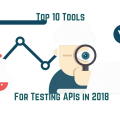Top 12 Tools That Help You To Increase Personal Productivity At Work
This article introduces tools that will help you improve your productivity. They are grouped into four categories:
- Time management
- Checklists
- Planners
- Project management.
Each group allows solving a certain type of problems.
1.Time management
If you do not plan your day properly, then you will spend it in running. One way to gain control is to monitor every minute of your productive activities. It sounds pretty tough, but if you add a bit of discipline and the right tools, then it’s not so scary. Here are a few applications for you to help.
- Basic version: free of charge
- Professional version: $ 4 per user/month
- Business version: $ 6 per user/month
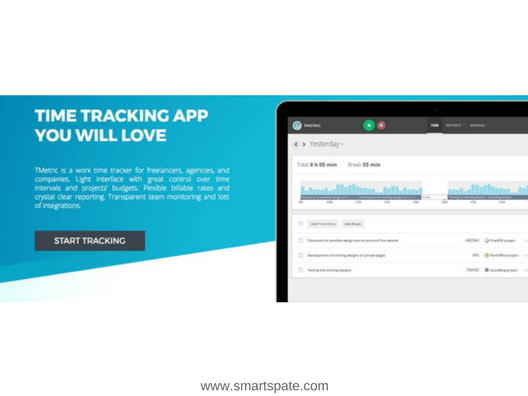
TMetric is a simple but powerful web application with a nice little interface that will help you plan your clock. Just add the task, its estimated duration, and click Start to track.
- The application uses a simple hierarchy. Tasks are formed by Projects, which are united into Clients. You can independently track each category, so you can know exactly how much and what was spent on time.
- Using the Workday Timeline function, you can quickly assess what you spend time during the day. You can also team up with your colleagues and track the time of each of you with the help of the Team View feature. In the application, you can generate a detailed report about the time spent and the money earned on each project. Business owners can adjust the ratio of different types of work and without difficulty calculate the salaries of employees.
TMetric makes it very easy to track paid one and unpaid time so that you can keep up the pulse of your expenses and revenues. And for grouping tasks or projects, you can use a convenient tag system.
Finally, the application easily integrates with popular project management services such as Trello, Asana, Jira, Todoist and many others, so you can use this bundle as one complete solution.
- Basic version: free of charge
- Professional version: $ 67 per license/Yearly
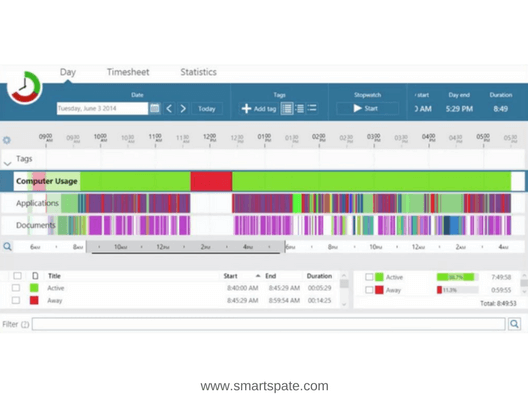
Unlike other web applications, ManicTime is a downloadable program that works in the background and tracks everything you do. It can tell you which program you opened, what files you worked with, and how much time you spent on it.
The program allows you to assign your own tags to time intervals, so you can easily create time tracking tables. It is very convenient that you do not need to login to the server: it’s enough just to press “Start”, and upon completion of work – to stop the registration. A cool application that automatically fixes your actions!
- Individual version: $ 14 per user/month
- Corporate version: $ 21 per user/month
- Enterprise version: $ 49 per user/month

Timely – an application that is impressive visually. It has an interface in the style of Kanban, which allows you to drag the blocks with tasks into the calendar, getting an instant view of the time costs during the day.
- One of the main advantages of Timely is the system of reports. You can see what the time spent during the day, week, or month. You can compare the time costs for a particular project with the estimated costs – in my opinion, extremely useful!
Projects can be labeled as paid and unpaid (there are important tasks in which money is not taken into account). You can assign hourly wage to projects, or set a fixed cost and track how much was done in an hour.
Finally, no GUI will be complete without color-coding, and in Timely you can assign to your tasks any number of colors.
2.Check-lists
If you are fed up with notes that stick to your monitor, diaries, and notebooks, then one of the check-sheet applications will help you. It can enter all your tasks so that you can focus on what you need to do right now. In my opinion, the presented three applications are the best available today.
- Basic version: free of charge
- Professional version: $ 4.99
- Business version: $ 4.99 per user

Wunderlist is a popular application, and so high-quality that Microsoft bought the company for $ 200 million. The programs are simple and small, allowing you to quickly create a list of tasks and track their implementation. Wunderlist has limited support for repetitive tasks, and you can even collaborate with other users.
This is a cross-platform application, it can be entered from any device. This is extremely important because you do not know when you suddenly need to view your task list. As in most similar programs, Wunderlist has a reminder function. Tracking tasks are very simple, and you can immediately see which ones are overdue.
Basic version: free of charge
Premium: $ 29 per year
Business version: $ 29 per user/year
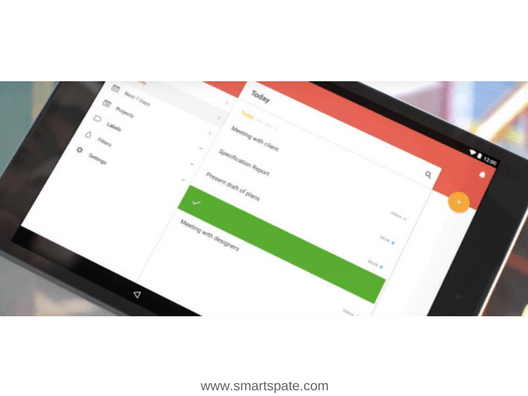
The team of developers decided to create a check-list application, whose interface is repeated by classic email clients. Thanks to this, the program looks familiar from the first moment. The interface is minimal and allows you to add tasks and make changes quickly and for a minimum of actions.
- You can not only add tasks but also send emails via browser plug-ins for Gmail, Thunderbird, or Outlook. Like Wunderlist, Todoist is a cross-platform product and can work on any device.
Todoist has a wonderful feature that allows you to add tasks, simply by typing specific phrases like “Wednesday at 11 o’clock” or “every Friday at 4 pm”.
This is the only application known to me of a similar purpose that gaming personal productivity. At the end of the task, you will be rewarded with “karma” points, and you will be able to “measure karma” with your colleagues.
- Basic version: free of charge
- Professional version: $ 39.99/year
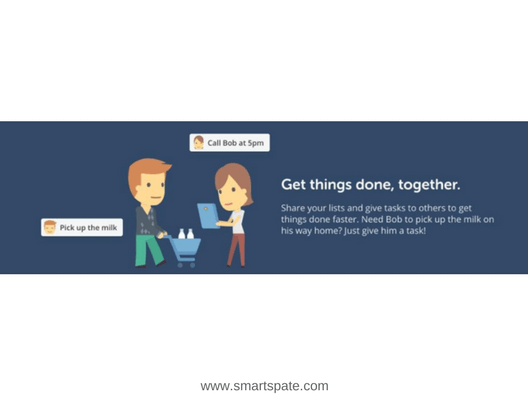
Do not let this soft name deceive you: this is one of the most thoughtful applications-check-lists! RTM was generally one of the first products of its kind on the market, and it does a lot.
- First of all, RTM uses natural language to create tasks from the very beginning. It’s enough to say something like “send a letter to Ivan at 9 am on Wednesday” and the task will be added to the list.
The developers of the application know that the real problem is not adding tasks to the list, but they need to remember them when the time comes. Therefore, they added all possible reminder methods: push on mobile and desktop devices, SMS, messages in Skype, AIM, Google Hangout, Twitter, and so on.
The professional version contains a full set of tools for interacting with other users, including subtasks, smart task lists, and tags.
3.Planners
Applications for tracking time spent and checklists are fine for micromanagement of your tasks. But you need one more thing to take a complete look at the picture. If you ever noticed for yourself that you can not figure out in any way whether you have any business at 9 am, when a potential client offers a meeting, then I recommend using the scheduler application.
- Basic version: free of charge
- Premium: $ 8 per user/month
- Professional version: $ 12 per user/month

Positioned as a simple and elegant planning solution, Calendly is the perfect tool to help you organize your business. Many people subscribe to all sorts of tools, many of which have their own planning tools. As a result, this can lead to overlays. Calendly can be integrated with most popular applications, including Google, Office365, and Outlook, to check for such overlays on the schedule and fix them by adding all tasks to one calendar.
Calendly is compatible with all devices. The application allows you to schedule breaks between appointments. You can add multiple invitations to each event, which is useful for webinars, conferences, and masterclasses. And although Calendly is quite a powerful application, its interface is simple and straightforward.
- Usage: free of charge
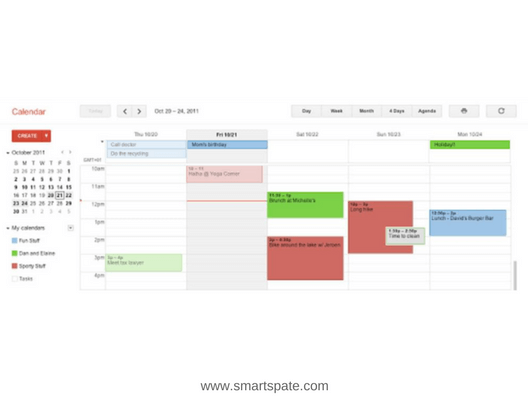
Of course, if you prefer to stick to proven solutions, then there is always Google. If you use Gmail, you already have access to a free Calendar application that can handle most of your tasks.
- Like other Google products, Calendar has a simple and intuitive interface that makes it very easy to assign events and tasks. If you use G Suite for Businesses, then keep in mind that Messages can automatically create events in the calendar based on the text of your messages.
You can create different calendars for different types of tasks. For example, you can make a calendar for work, for household chores, for weekends, for hobbies, and so on. All tasks will be displayed in the main interface, but by clicking on the My Calendars tab, you can switch to individual calendars. Your colleagues can share their calendars with you. To add them to your list, enter the person’s name/mail-in “Other Calendars”.
Finally, Google Calendar has an excellent reminder system that will find you on a desktop computer, laptop, or mobile device. In this case, reminders themselves can be single and repeated.
- Basic version: free of charge
- Personal version: $ 39 per user/year
- Business version: $ 69 per user/year
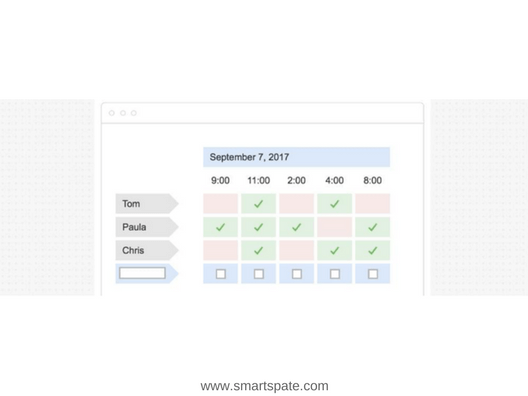
The two previous applications are ideal for any task, but Doodle is designed exclusively for working with meetings and events. It is based on philosophy, according to which properties that are not needed at the moment, only interfere. And it works. The application makes it very easy to plan and host meetings and tasks.
- Doodle works a little differently than other calendars. Here you create lists of people who will participate in a particular meeting or task. Then the list is sent to all participants, and the time is allocated in the calendar, which will be selected by most of them. The application can also be integrated into your calendar.
Users of personal and business versions can create their subdomains on an SSL-encrypted Doodle.com site. You can also customize the participant lists and send automatic notifications.
4.Project management
Users who manage huge projects that require the cooperation of many teams, simple applications may not be suitable. If this is about you, then pay attention to special project management tools.
- Basic version: free of charge
- Business version: $ 9.99 per user/month
- Enterprise version: $ 20.83 per user/month

Trello uses Kanban boards to visually show the progress of your work and help you make it faster. The interface, similar to the official newsletter, will for sure seem familiar to you. You can move tasks by simply dragging them, like cards on the board.
- Trello uses a simple hierarchy. Cards are basic indivisible elements. The card contains detailed information about the task. Lists are sets of cards united by a theme or work process. A whiteboard is the work area of your project, which contains various lists.
In the free version of Trello, you can not invite as many people as you want. You can drag team members to cards, and with each change, they will receive notifications. Trello easily integrates with various third-party applications like Dropbox, Evernote, Google Drive, and so on.
- Basic version: free of charge
- Premium version: $ 9.99 per month
- Enterprise version: on request

One of the most popular tools for project management. Asana was developed by former Facebook developers. It is created exclusively for managing large projects and therefore has functions that ensure smooth interaction and intuitive organization.
- Asana is divided into three levels. Tasks – the lower level. They can be assigned to specific people, add comments, notes, create subtasks. Projects are task lists. They can be organized and their priorities changed within the framework of projects. Workspaces are like boards in Trello, here you can shuffle your projects.
The application makes it easy to involve the entire team in the project work and monitor progress. You can also reassign any tasks and subtasks to other participants.
ProofHub
Unlimited control $89 per month
Essential $45 per month
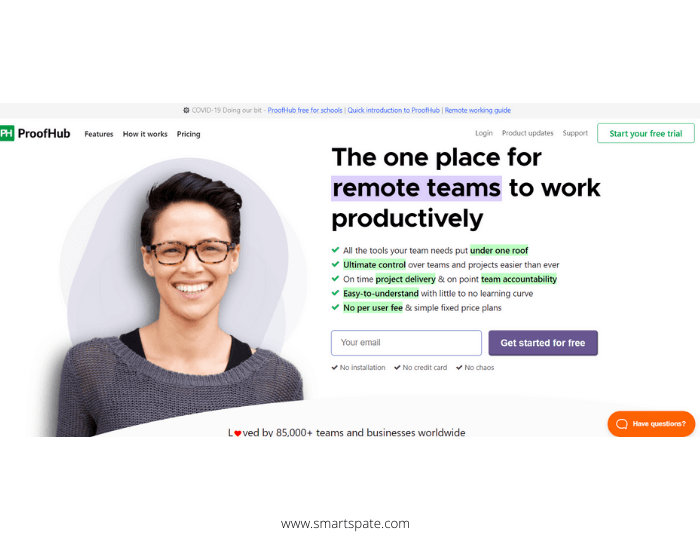
ProofHub helps companies to deliver projects successfully and on time. It gives teams of all sizes a centralized workspace for task list, workflows, discussions, Gantt charts, calendars, documents, and more. It has all the right tools that one needs to better plan the projects, collaborates seamlessly with teams and clients, keeps files and documents organized, beautiful and insightful, reports so that you can have an eagle eye on the overall progress.
But one thing makes ProofHub is different? Along with all super-useful tools, you can review and approve files and documents, each manager gets super-power to stay on the top of whatever is happening within the projects, smooth chat, and more. Plus that, it runs in the clouds, which means there is nothing to install, and everything is backed up automatically and it’s completely secure. And, it’s also connected with other popular apps like file storage, accounting, invoicing software, and more.
Conclusion
While all these applications are great tools, they alone will not solve your productivity problems. Adding a task to the checklist does not guarantee its execution.
To get the most out of these applications, it’s best to turn them into a part of a strategy that uses your strengths. With their help, you can overcome your weaknesses so that they do not stand in your way.
If you know any other tools that help to be more productive? Write in the comments!


